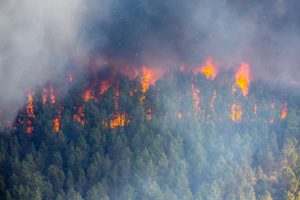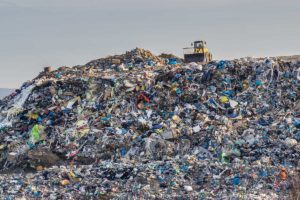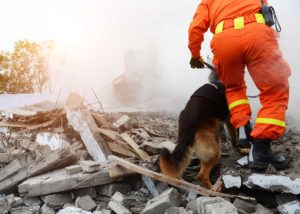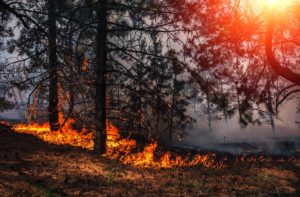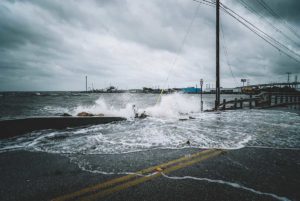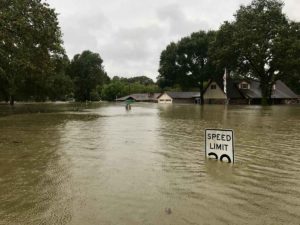Types of Disasters
Natural and human-caused disasters affect thousands of people each year. Major adverse events such as these have the potential to cause catastrophic loss of life and physical destruction. They are often unexpected and can leave whole communities in shock.
People who live through a disaster can experience emotional distress. Feelings of anxiety, constant worrying, trouble sleeping, and other depression-like symptoms are common responses to disasters before, during, and after the event. Many people are able to “bounce back” from disasters with help from family and the community, but others may need additional support to cope and move forward on the path of recovery. Anyone can be at risk, including survivors living in the impacted areas and first responders and recovery workers.
Natural Disasters
Natural disasters are large-scale geological or meteorological events that have the potential to cause loss of life or property. These types of disasters include:
Tornadoes and Severe Storms
Hurricanes and Tropical Storms
Floods
Wildfires
Earthquakes
Drought
Human-caused Disasters
Human-instigated disasters are the consequence of technological or human hazards. Examples include stampedes, fires, transport accidents, industrial accidents, oil spills, terrorist attacks, nuclear explosions/nuclear radiation. War and deliberate attacks may also be put in this category.
Other types of induced disasters include the more cosmic scenarios of catastrophic global warming, nuclear war, and bioterrorism.
One opinion argues that all disasters can be seen as human-made, due to human failure to introduce appropriate emergency management measures.


